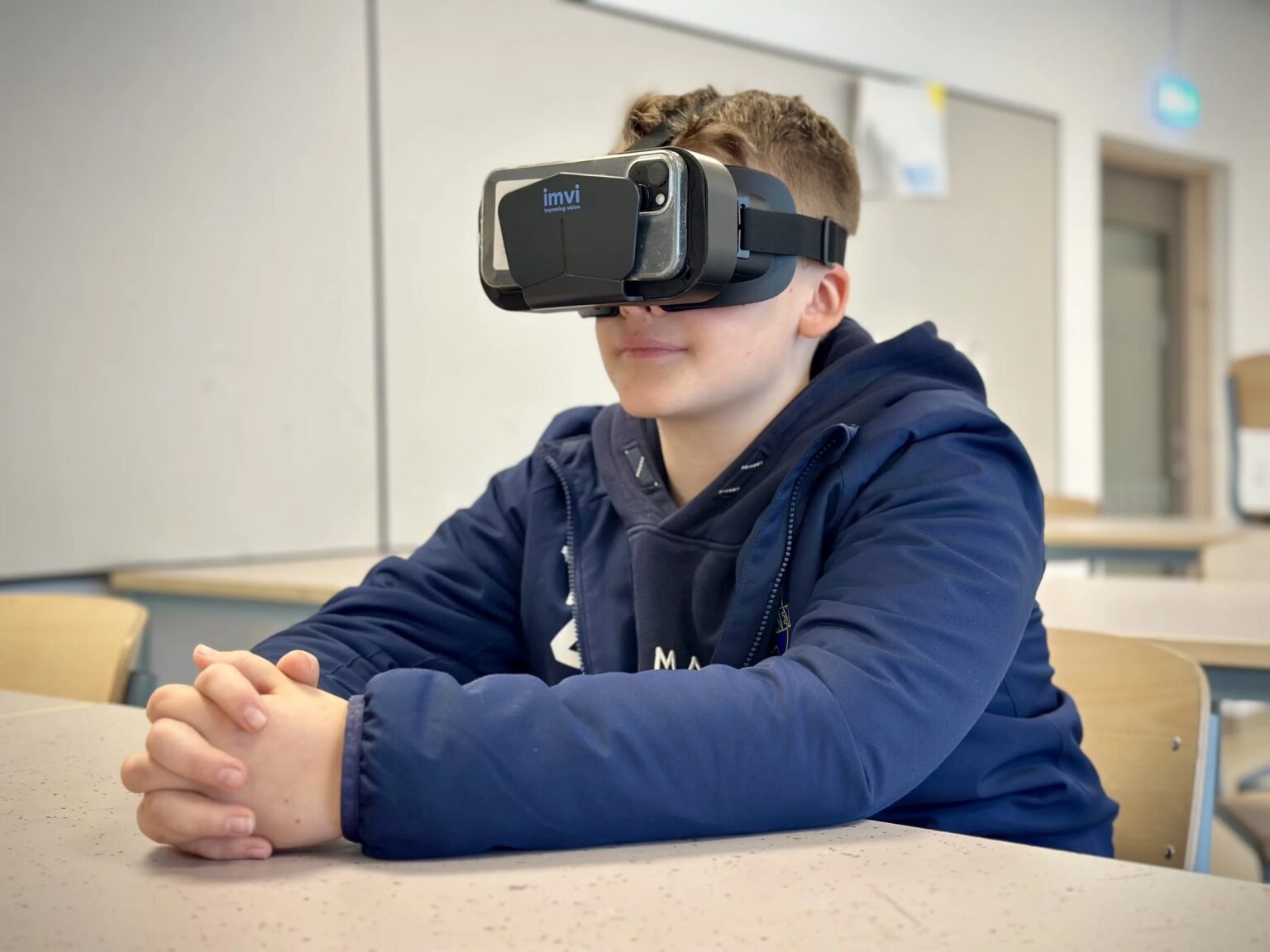Zackarias, 14, is in seventh grade at Linnéskolan in Älmhult. Like many others, he has struggled with reading and concentration. Combining ADHD and dyslexia at school is no easy feat – but Zackarias hasn't given up.
Together with Linda Holmgren Karlsson, a special needs teacher in Swedish, he and a group of students have tested VR-based training that strengthens eye coordination and focus. The result? Zackaria's reading speed increased by 33 percent in twelve weeks – and he notices a difference both at school and at home.
“It has become easier for me. Both in school and outside of school.”
– Zackarias Ernebrand
Linda's commitment has been crucial. She saw the need, found a solution and gathered a group that dared to try something new. Every morning, the students have practiced for 15 minutes before class, often with a roll as extra motivation.
“I am very proud of the entire group that participated in implementing the project.”
– Linda Holmgren Karlsson
The research behind the VR training was developed in collaboration with researchers at Karolinska Institutet . It shows that lack of coordination and weak visual attention affect both reading ability and concentration – something that is more common in students with reading difficulties, ADHD or dyslexia. With VR, you can train eye coordination in a simple and motivating way, often while watching UR, SVT or other educational programs.
We at Imvi are proud and grateful for all the students, teachers and schools who dare to think new things – and for Smålandsposten , which highlights the results of the Linnaeus School's work.
Read the full article about Zackarias and the Linnaeus School here:


